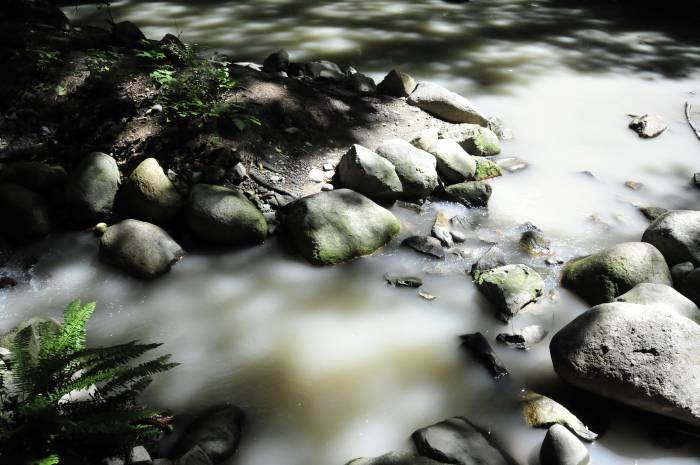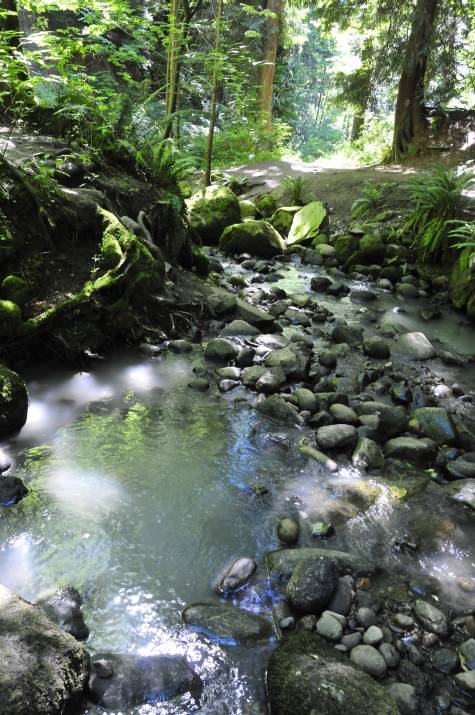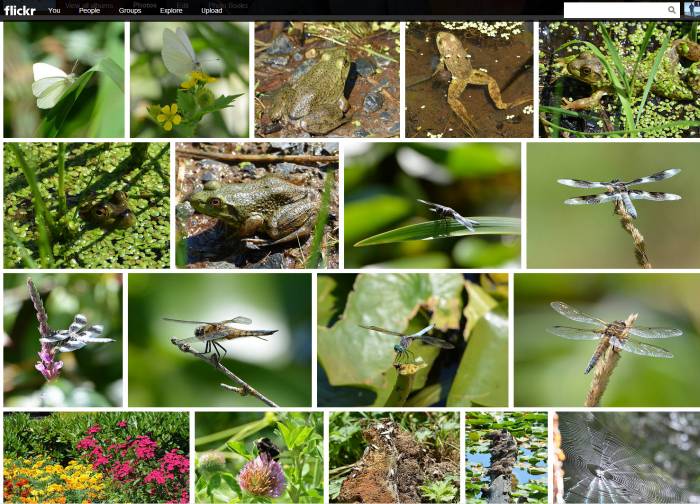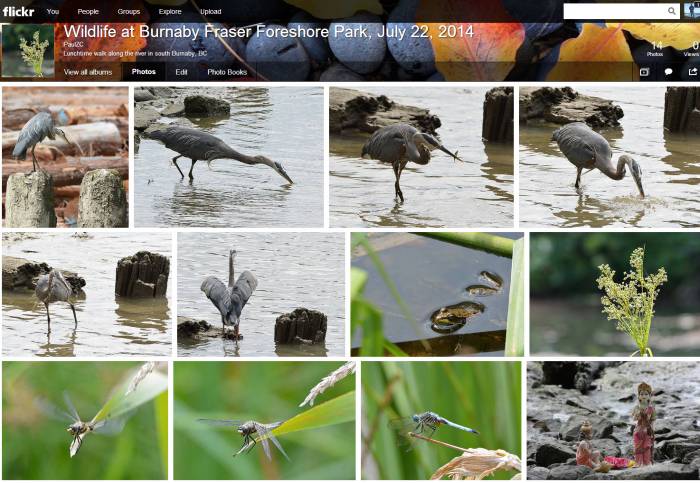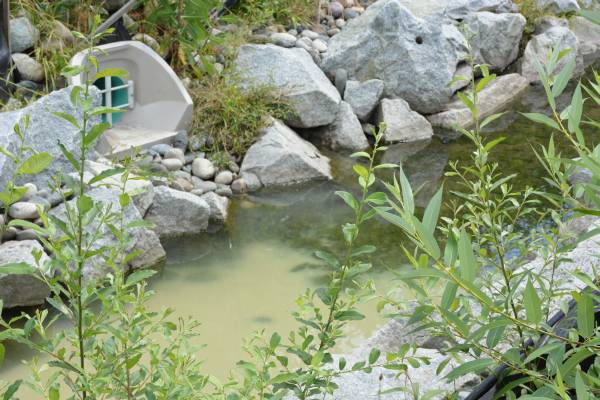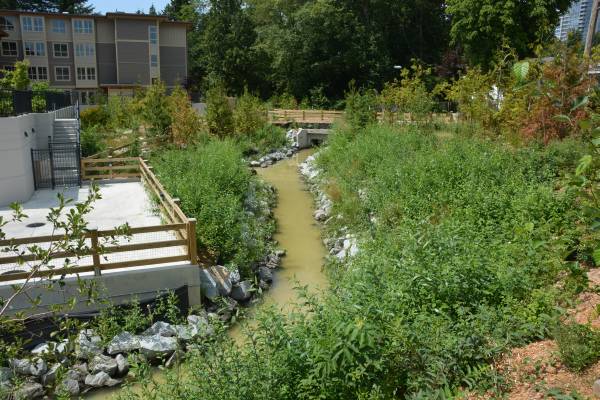I was shocked to see that Byrne Creek in SE Burnaby, BC, was running milky for the second day in a row. You can see my photos from yesterday below in an earlier post.
This is the third day in a week that someone has been discharging something into the creek. Volunteer streamkeepers haven’t seen any dead or distressed fish, but this amount of sediment occurring so frequently cannot be good for life in the creek.
The City of Burnaby has been swift to respond, sending out staff to try to backtrack the sources of these illegal discharges. Of course staff cannot say much while investigations are ongoing, but I hope they are successful.
While a fine or two would be great to make perpetrators sit up and take notice, I am generally not gunning for punitive measures. Education and outreach are key in the long run.
UPDATE: As of late afternoon, City staff had traced the source to a broken line on private property that was seeping and carrying silt into a drain. As is often the case, it was unintentional, and will be fixed.
UPDATE 2: As of 6:30 pm, I received a report from another volunteer streamkeeper that a “deluge” of water was passing through Griffith’s Pond, and that she had contacted the City of Burnaby, and had been told there was a watermain break somewhere upstream. How many hits can this poor creek take in a day, much less in a week?
Here’s what Griffith’s Pond near Edmonds Skytrain Station looked like as of 7:00 pm tonight:
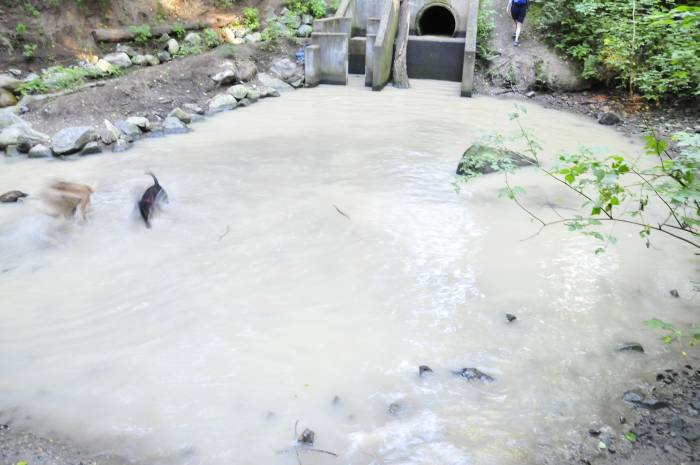
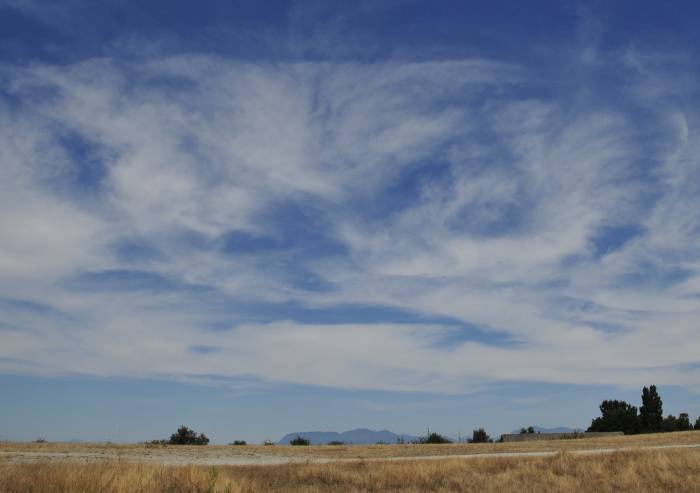
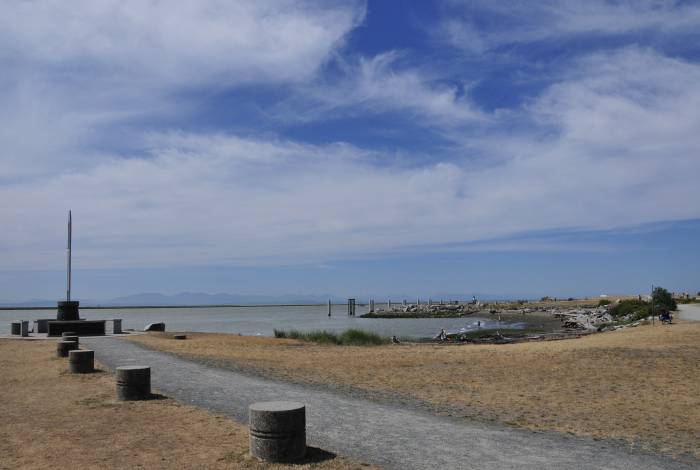
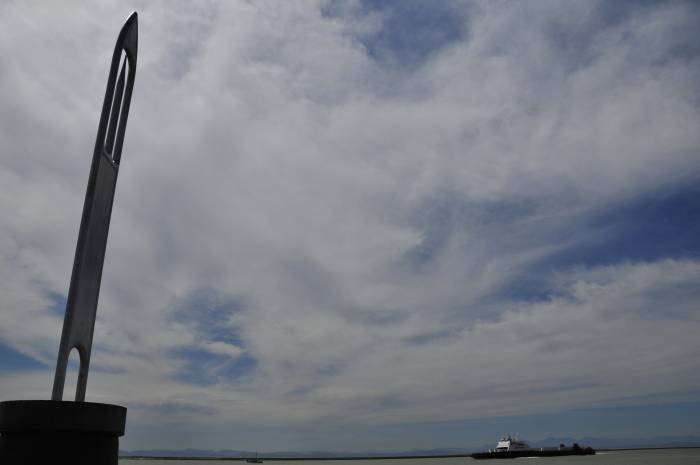
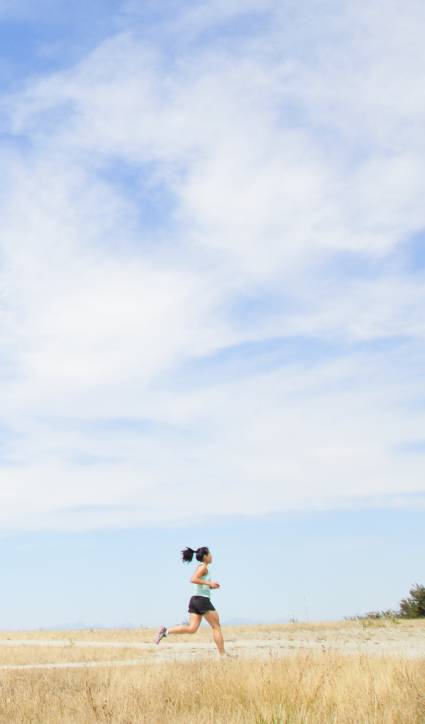
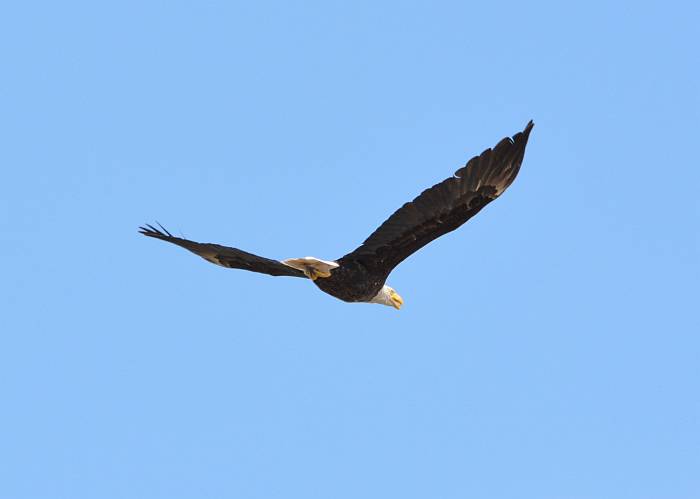
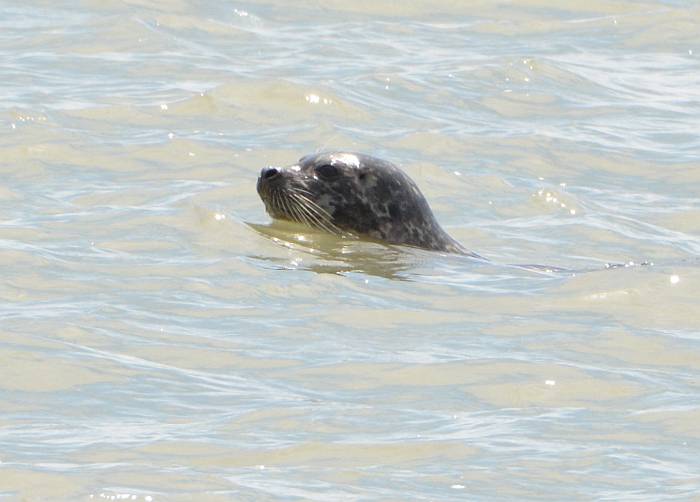

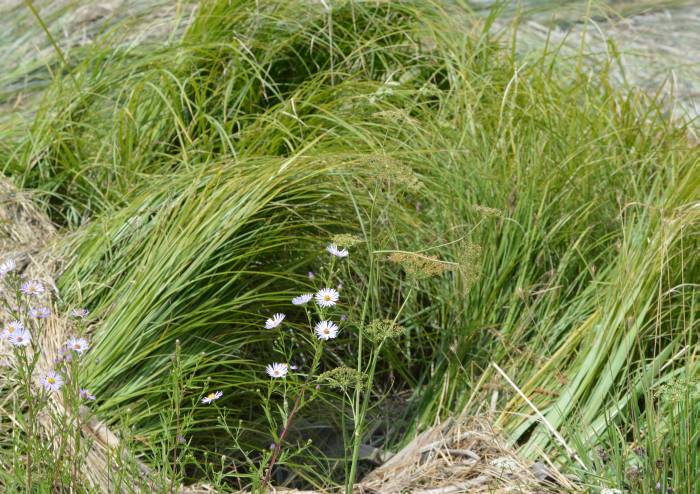

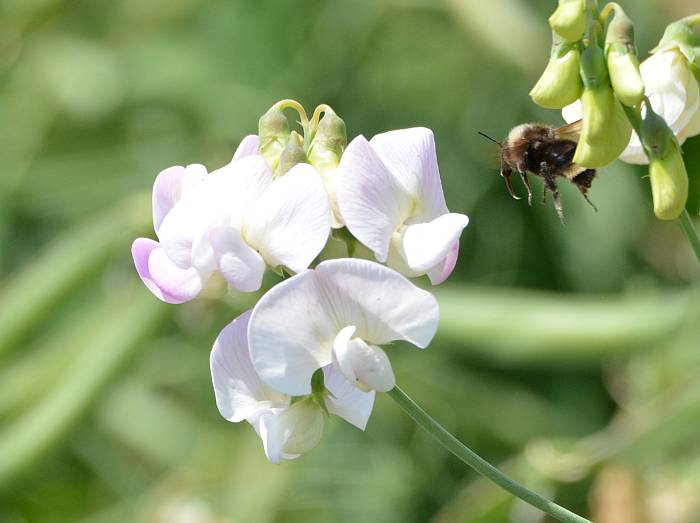
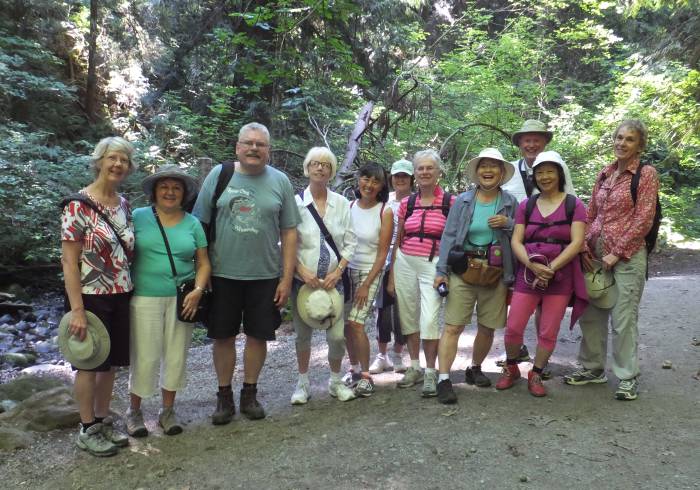

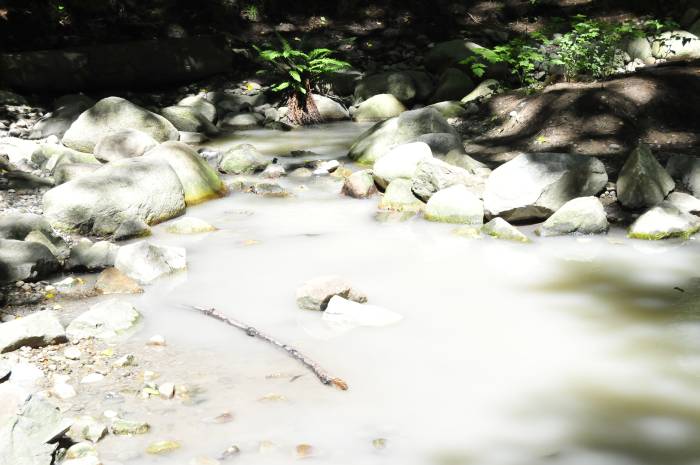
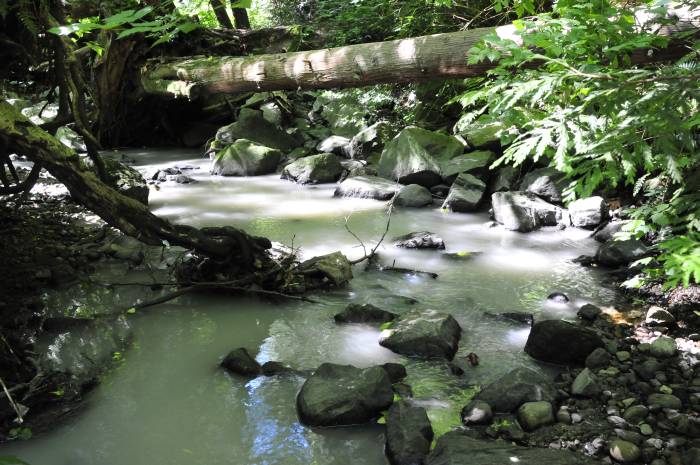 The outflow from the pond into the creek
The outflow from the pond into the creek